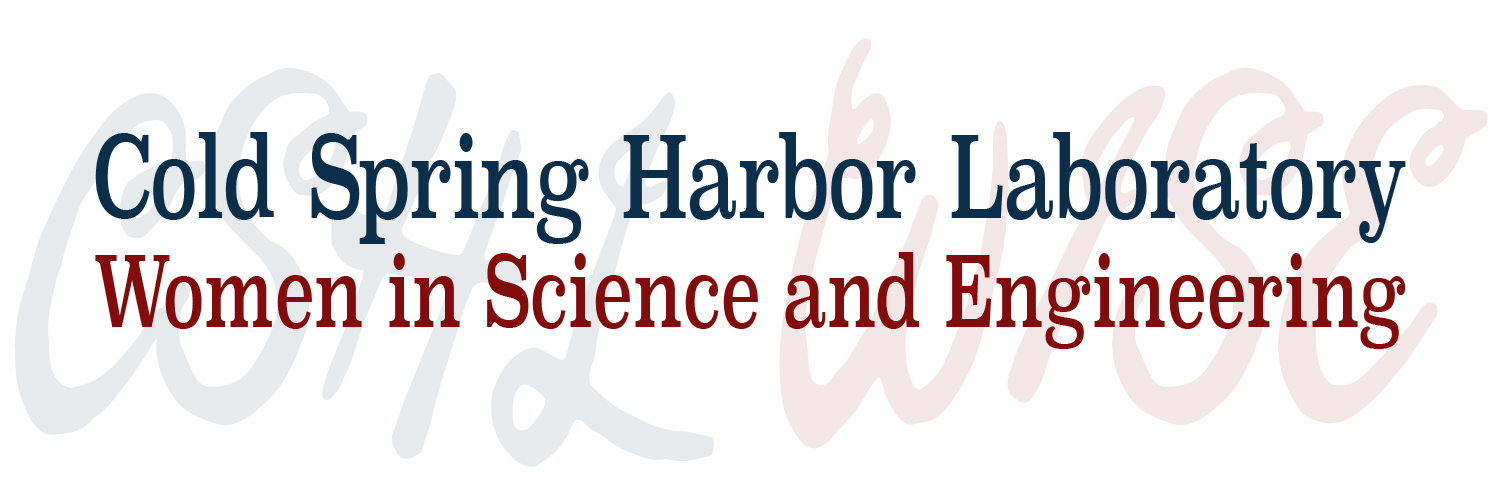Molecular geneticist Lady Noreen Elizabeth Murray helped kick-start the genetic engineering revolution, studying how to cut and paste DNA and using that knowledge to turn a bacteria-infecting virus’s DNA into “vectors” for expressing and studying genes of interest.

Noreen was born Noreen Elizabeth Parker in Read, Lancashire in 1935. She studied botany at King’s College, London on a London Intercollegiate and State Scholarship. After graduating, and with a developed interest in microbial genetics, she entered the University of Birmingham.
There, in addition to meeting her future husband and research partner, biochemist Ken Murray, she studied genes that the bread mold Neurospora crassa needs in order to make one of its protein building blocks, methionine. This involved mutating the mold’s DNA & isolating and studying mutants that couldn’t grow without methionine. Whether or not those mutations got passed on to the mold’s progeny depended on where chromosomal recombination (swapping) occurred.
She found that the mold had “hotspots” where chromosomal swappage was more frequent, but there weren’t any hard and fast rules about where it was occurring. However, it got her thinking about the many possibilities available if you could control more precisely where the swapping occurs.
For this, she switched to a simpler system. Scientists had discovered that bacteria contain “restriction enzymes” – molecular protein machines that recognize and cut at specific sequences in DNA.
What if, she thought, you could take advantage of this system – find what cleavage sites are near a gene you want to study then cut it out of its “natural home” and paste it into the DNA of a bacteria-infecting virus (a bacteriophage or “phage”), creating “recombinant DNA”? Then you could get the phage to infect the bacteria, inserting the recombined DNA containing the gene. The bacteria would then make the protein for you and you could study it, use it, etc.
Problem was, it wasn’t known what sequences different restriction enzymes were recognizing. So Noreen set to work figuring out the recognition sequences of various restriction enzymes. Then she weeded through the sequences of various phages to find one that was amenable to acting as a vector and she created a series of vectors into which fragments of DNA could be inserted. And she made these vectors available to other scientists, contributing to a vast generation of knowledge.
She carried out her research at several institutions including Stanford and Cambridge before joining the University of Edinburgh in 1968 and retiring as Professor Emeritus in 2001. Despite being elected to the Royal Society in 1982, it was another 6 years before she was promoted to professor (until that time she didn’t even have the ranking to make long-distance phone calls from her office).
She was diagnosed with motor neuron disease in 2010, but continued to work even after she had lost the ability to speak. She passed away in 2011, but is still remembered fondly as an influential and devoted mentor by those who had the privilege of knowing her. This includes Alex Gann, current dean of the Watson School of Biological Sciences at Cold Spring Harbor Laboratory (CSHL), who was a graduate student in her laboratory from 1985 to 1989. He and another of Noreen’s mentees, Jean Beggs, wrote a great remembrance of her you can read here: https://royalsocietypublishing.org/doi/pdf/10.1098/rsbm.2014.0009
Noreen’s many honors include a CBE for services to science, and election to the Royal Societies of Edinburgh and London as well as the European Molecular Biology Organization. She received the Royal Medal of the Royal Society of Edinburgh and was granted honorary degrees from the Universities of Birmingham, Umist, Warwick, Lancaster, Sheffield and Edinburgh. She also served as Vice-President of the Royal Society of London and President of the Genetical Society of Great Britain.
